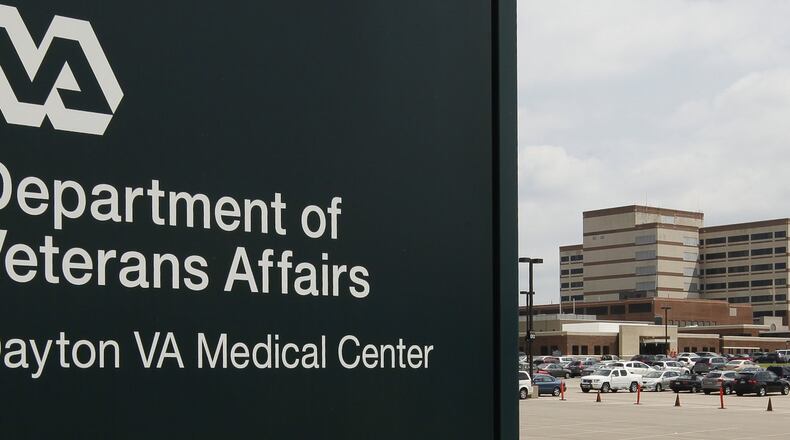It’s no surprise the Dayton VA Medical Center was prepared to care for Veterans when COVID-19 emerged. During my recent visit, I saw that this VA facility was able to enlist the expertise of its team of professionals to save lives, and the numbers prove it.
Credit: Gene RRussell
Credit: Gene RRussell
As so many health care systems have learned during the last several months, older populations are most vulnerable to the coronavirus. Dayton recognized this quickly and moved to test all patients and staff at the on-campus nursing home it operates, and limited access to that facility.
As a result of those efforts and the implementation of comprehensive safety protocols, only one resident at the Dayton VA nursing home has tested positive for COVID-19 as of mid-August. The one staff member who tested positive for the virus was quickly removed from the facility.
That’s an incredible record, especially during a period of extreme uncertainty challenging other nursing homes across the country.
Similar care was taken inside the Dayton hospital, where 130 veterans and staff members tested positive for COVID-19, after more than 3,000 tests were administered.
The virus never overwhelmed the Dayton VA. As of early August, the facility was treating just one patient for COVID-19 and examining a few dozen others who were showing possible symptoms.
The ability of Dayton’s staff to manage the virus allowed them to offer aid and assistance to its neighboring VA facilities as well as to local patients.
When medical masks were needed in the early days of the crisis, Dayton VA employees went to work constructing cloth masks that are still being used today by Veterans, employees and staff at other VA locations in Ohio.
When COVID-19 forced Dayton to close its food pantry, it turned that service into a drive-through facility that gave Veterans access to food and supplies[CS1] while minimizing contact with others.
An hour east, at the ambulatory care center in Columbus that I also visited, similar steps were taken to ensure VA staff could keep reaching out to Veterans through telehealth appointments and adding a curbside pickup option through its pharmacy. Columbus sent cards to Veterans who are at high risk of suicide so they could stay connected during these unprecedented times.
The Columbus facility also made sure it took care of its staff by creating a meditation room set up by its chaplain and encouraging yoga and exercise to destress.
When the history of VA’s COVID-19 response is compiled, it will likely be examined in Dayton. Last April, I authorized VA to build the National VA History Center in two buildings that were constructed soon after President Lincoln called on America to “care for him who shall have borne the battle, and for his widow, and his orphan.”
During my recent visit, I stood in front of the old headquarters building for the central branch of the National Homes for Disabled Volunteer Soldiers which was built in 1871. I also saw the old clubhouse, built in 1881, where Veterans had a place to play cards or chess, to write and read and to meet with visitors while they recuperated.
I was reminded the early success seen in Dayton is what gave America confidence the government could play a role in fulfilling Lincoln’s charge to the nation.
After years of delay, we are finally on the road to creating a public exhibit to tell the story of how we evolved into the modern VA, along with an archive space that will help VA organize documents and materials to publicize this important story.
Dayton is not only an important part of that history — it will be a destination for anyone studying the history.
America is built upon equality and freedom and it is blessed that so many of her citizens volunteer to wear the uniform and defend these ideals. In Dayton these veterans are served by a VA that has answered Lincoln’s call and will soon be served by a VA that tells the story of how America has cared for them since Lincoln spoke 155 years ago and counting.
Robert Wilkieis the 10th Secretary of Veterans Affairs.
About the Author

